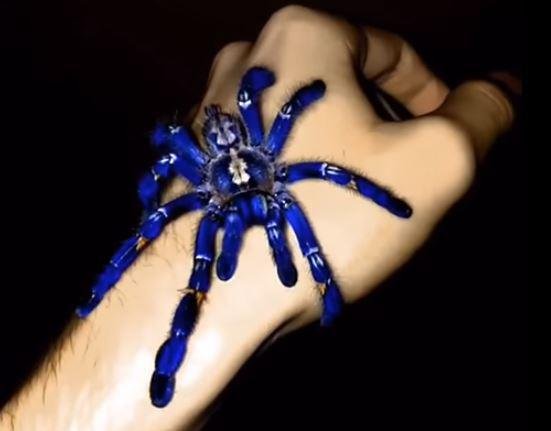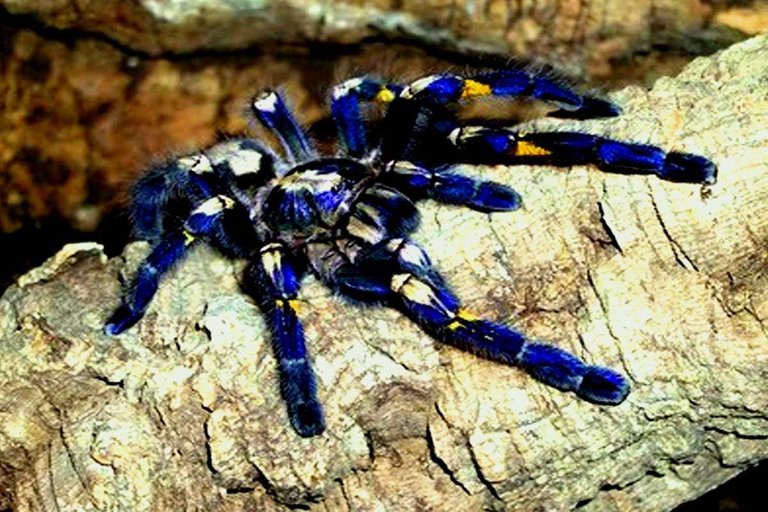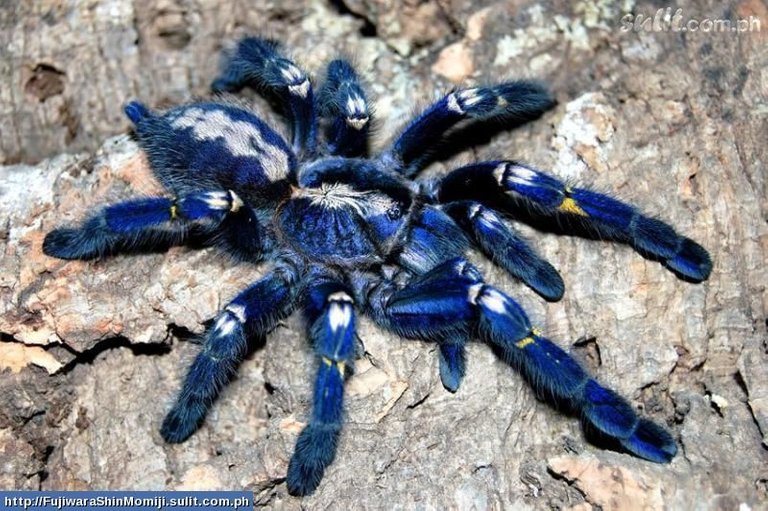For its beautiful and unique color, people can pay up to $ 500 for a copy of blue tarantula (Poecilotheria metallica) in the US. But the coloring of this spider, in a critical state of conservation, intrigue scientists because it is formed in the same way as the wings of a butterfly or the feathers of a peacock, ie by microstructures, but in his case does not vary with Reflections of light or from different viewing angles.
( )
)
Now, an international group of scientists, led by the University of Akron (USA), has managed to replicate the attractive color of this tarantula artificially producing a non-iridescent structural coloration. The study, published in the journal Advanced Optical Materials, will allow to apply this coloration in the textile industry with benefits for the environment.
The hairs of the blue tarantula, which originated in a small area of southern India, are what give it this characteristic color without showing iridescence or changing its tone with movement. For scientists, this is because their structure is not regular. Their hairs are formed by several layers with a flower nanostructure that manage to maintain the color regardless of the angle of vision.

To replicate the system, the team created models of structures like those of the hairs of the blue tarantula with 3D nanoimpresoras, and thus analyzed their behavior when reflecting light. As a result, the researchers succeeded in having this replica reproduce the same color at an angle of 160 degrees.
A NON-TOXIC COLORING SYSTEM
According to Radwanul Hasan Siddique of the Karlsruhe Technological Institute (KIT) in Germany, the findings could be applied in the short-term textile industry, replacing pigment-based dyes with this new technique.

"This could be the first step towards a future where structural dyes replace the toxic pigments currently used in the textile, cosmetics and packaging industry," said Hasan Siddique, who is now investigating at the California Institute of Technology. These industries, based on dyes with pigments, produce a great environmental impact due to the contamination of the water in which these elements end.

For Hendrik Hölscher, also a researcher at KIT, the adaptability of 3D printing is the biggest challenge for use in the industry. Only a few companies in the world are able to produce these nanostructures in an economically viable way. However, the rapid development in this field will soon solve the problem.